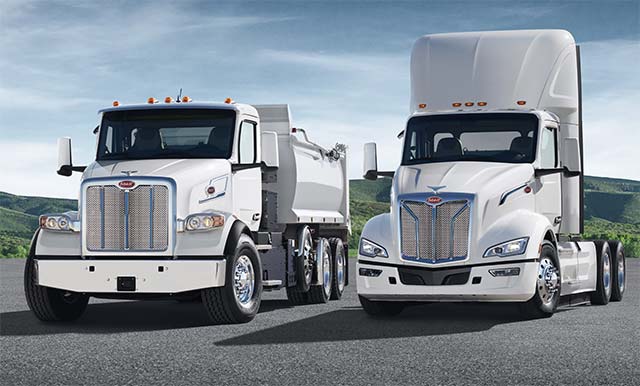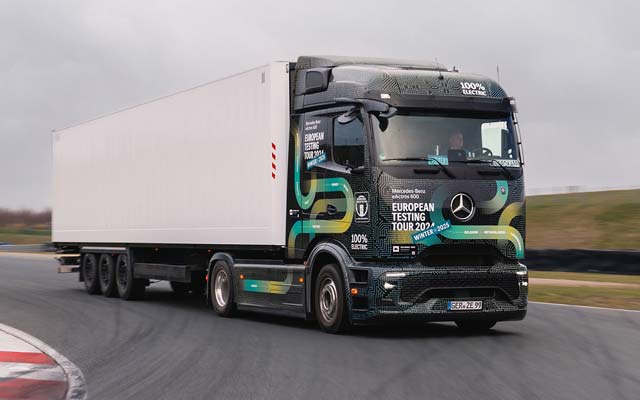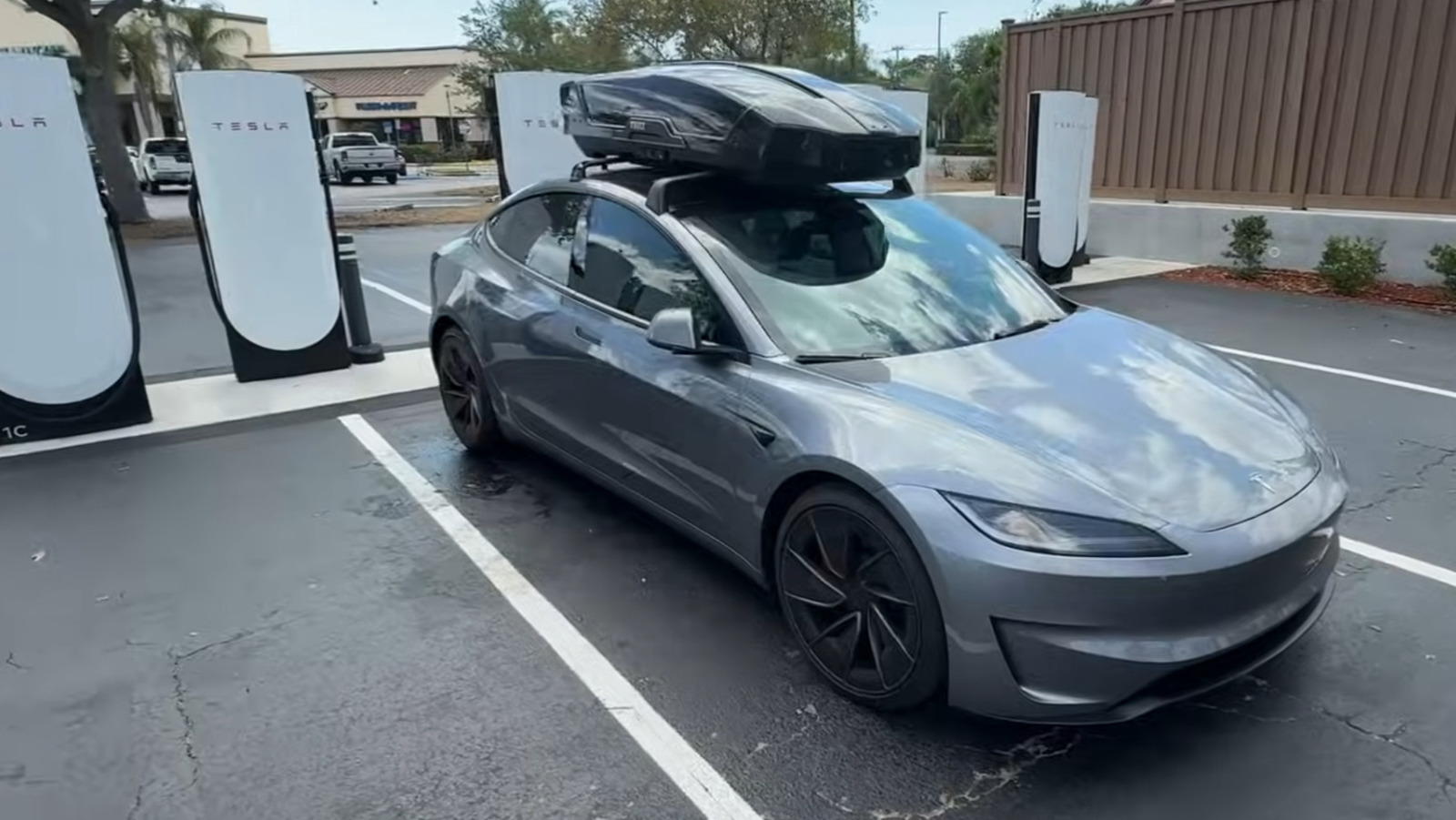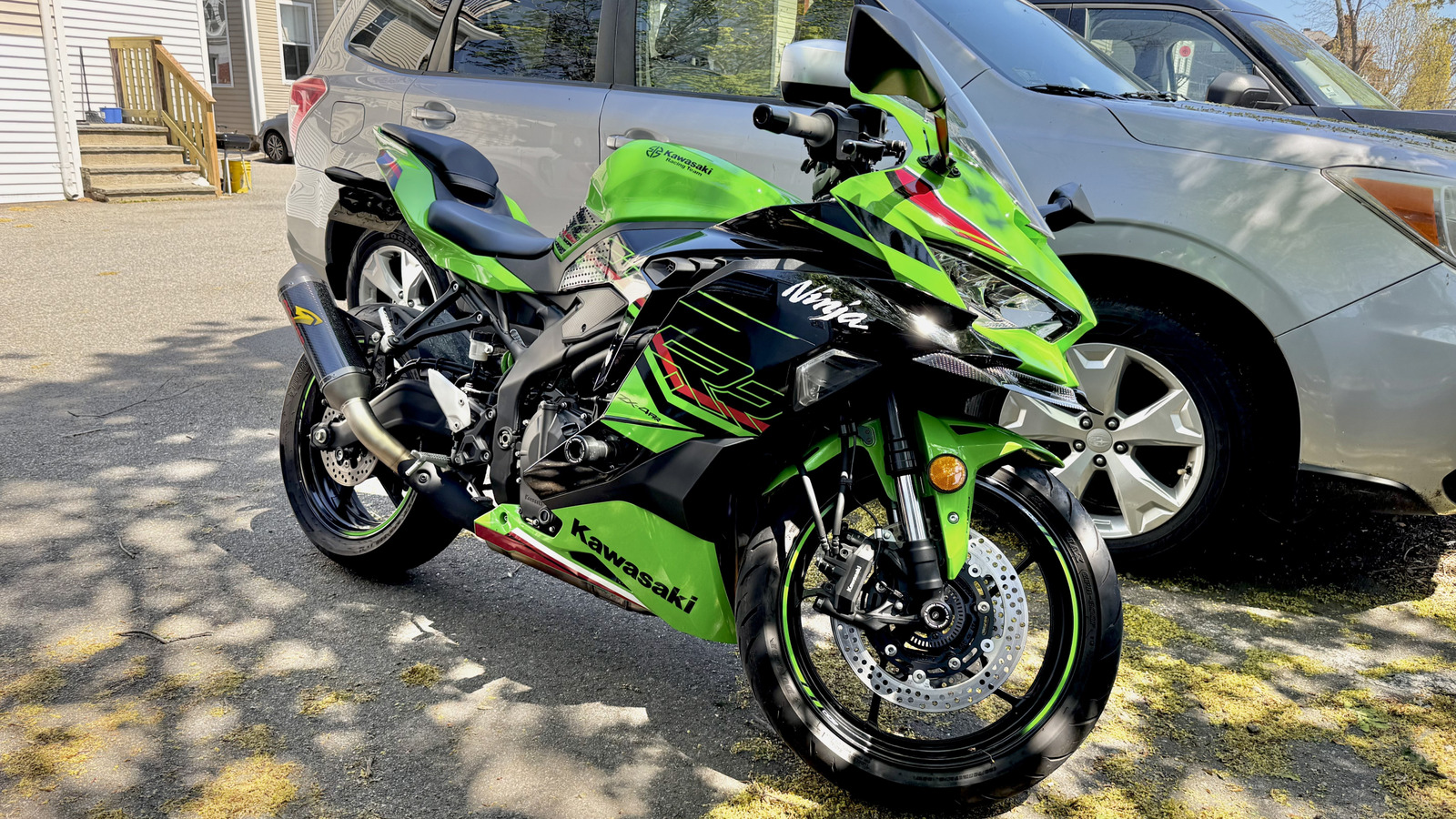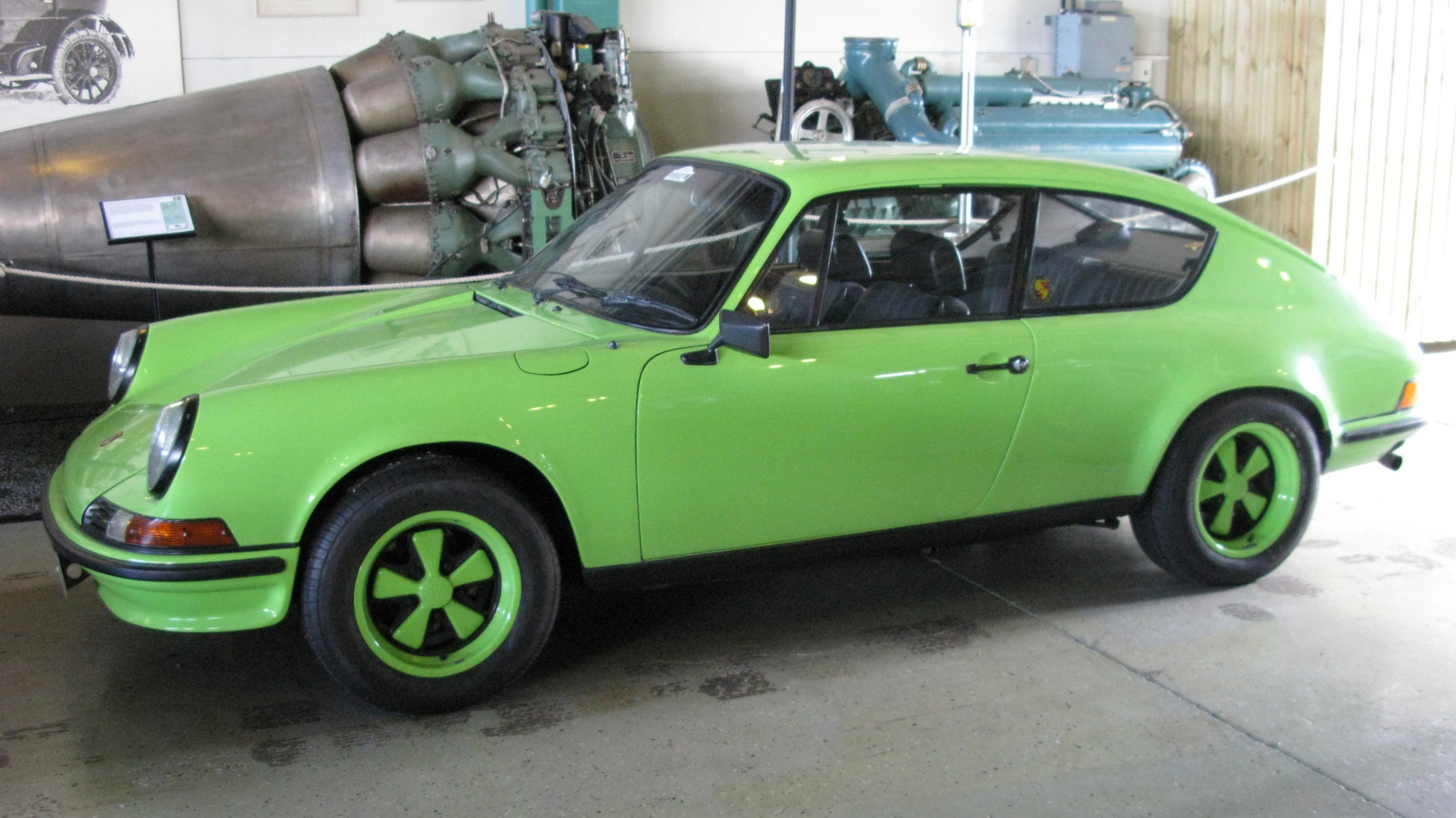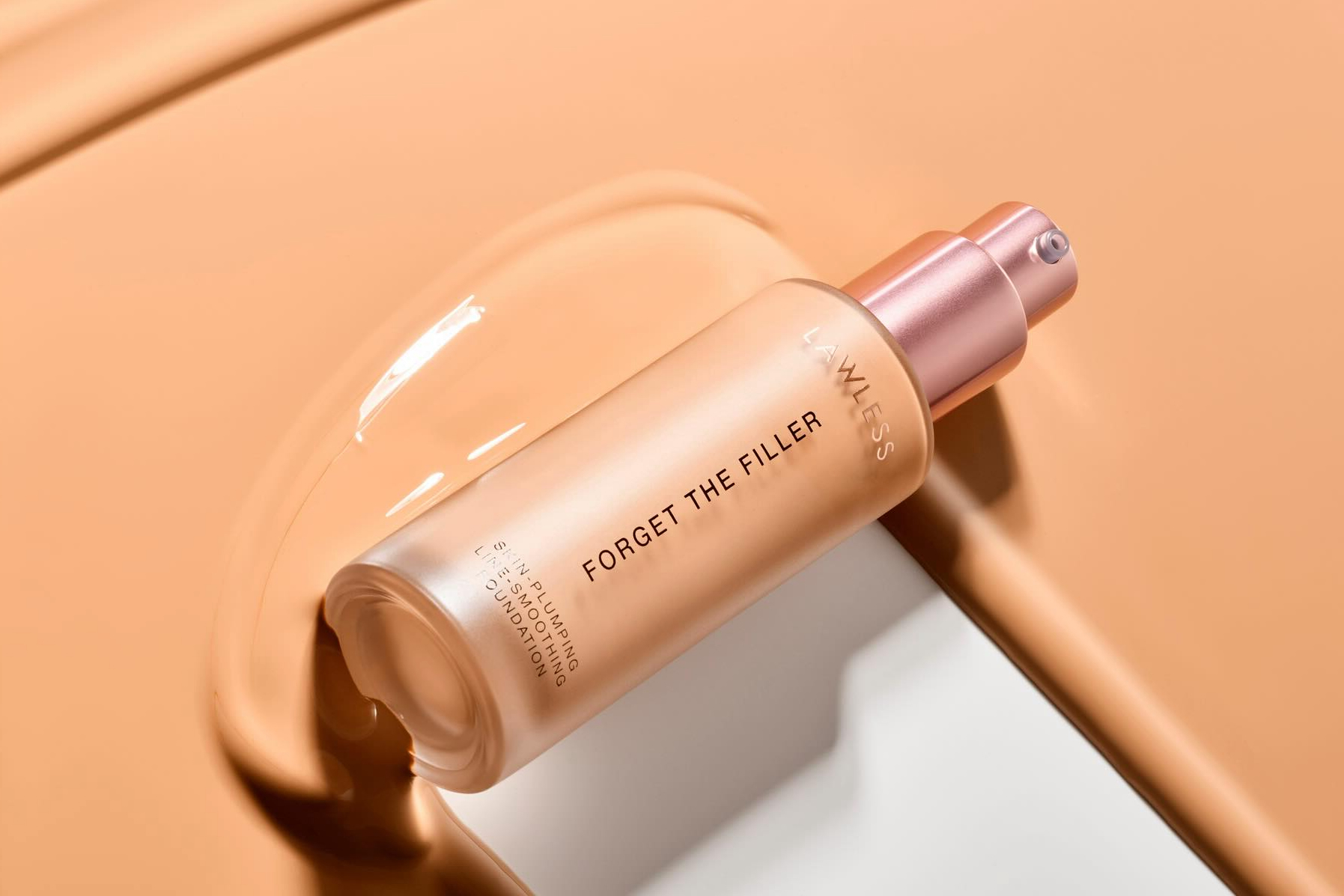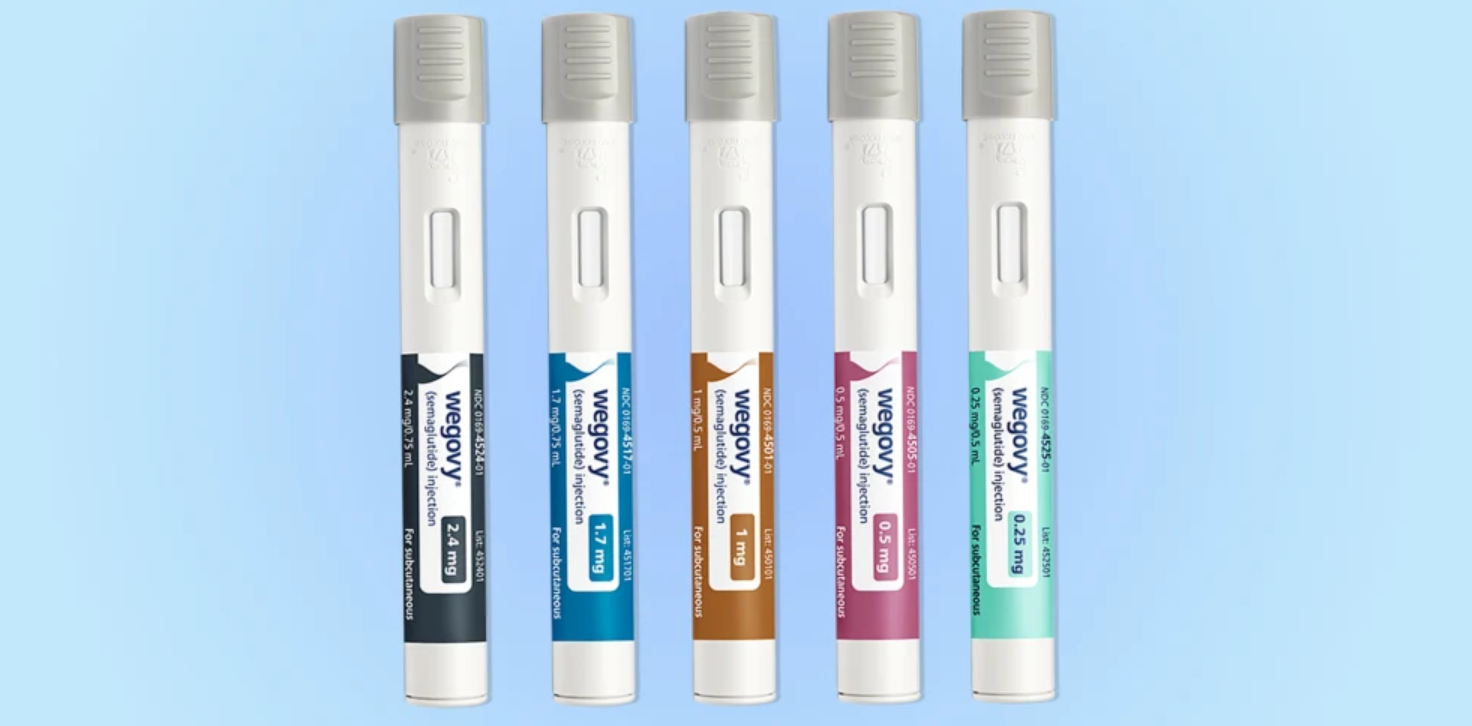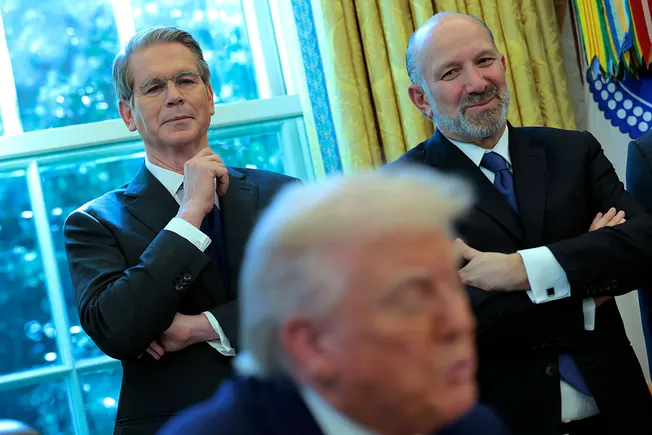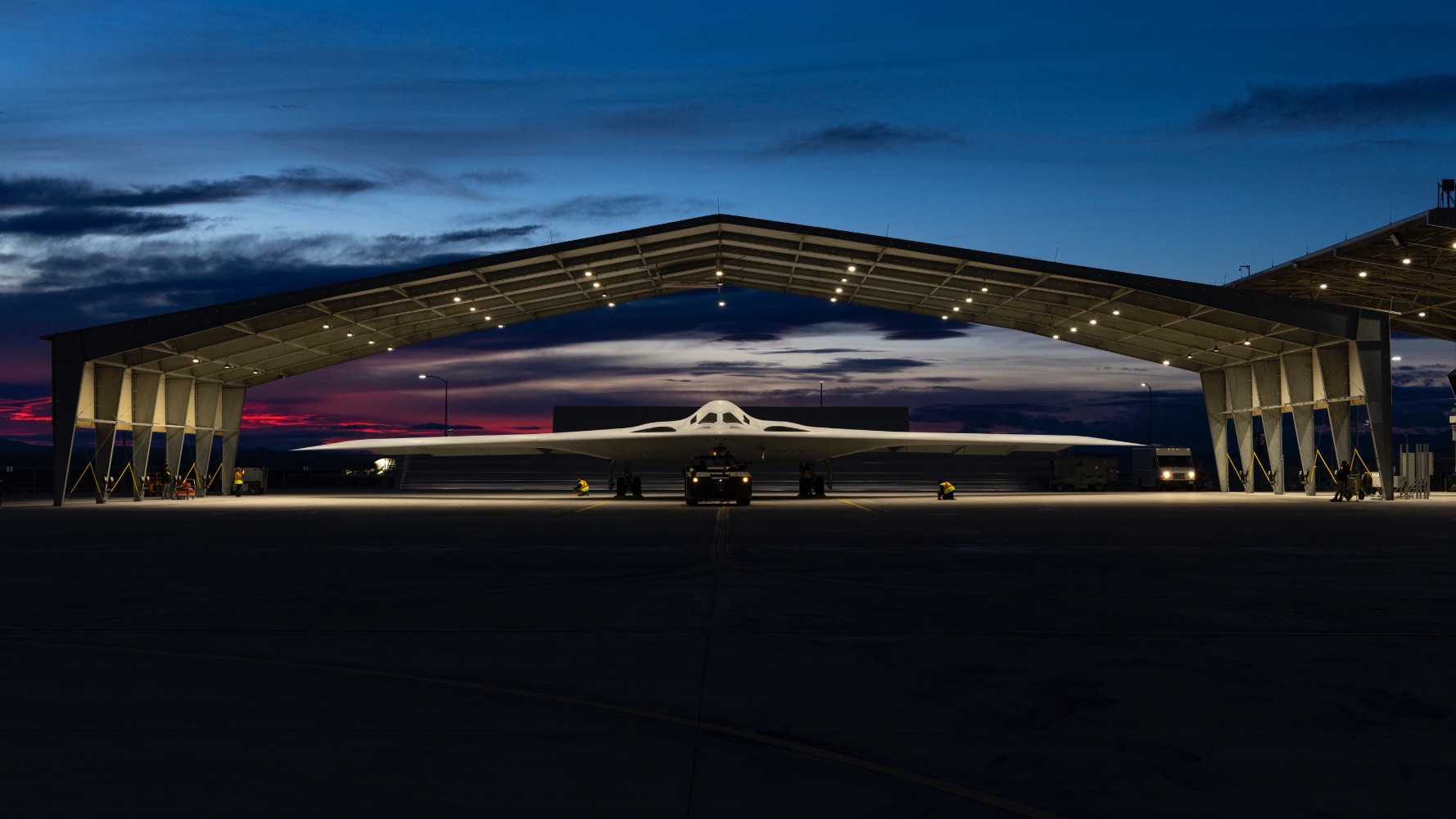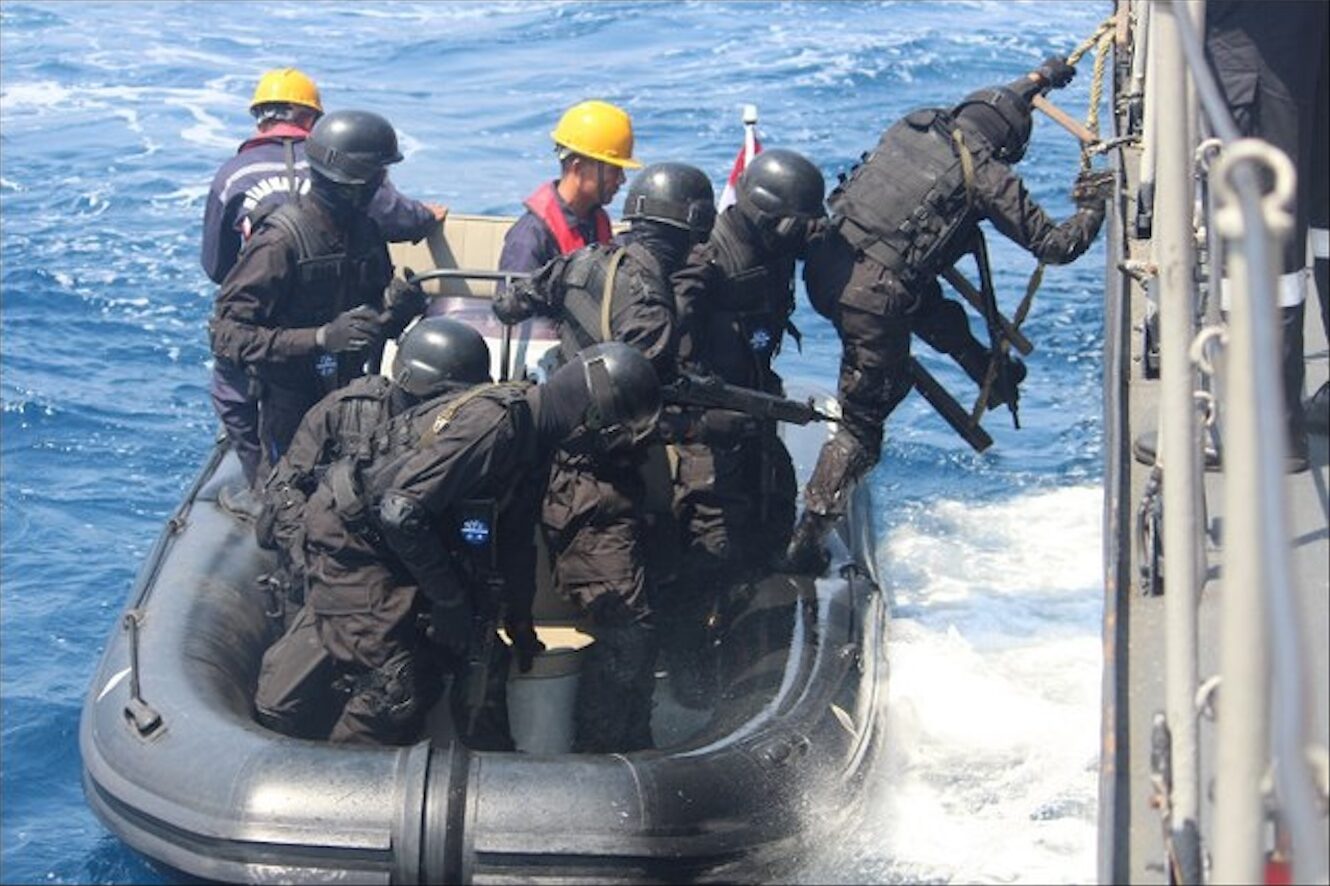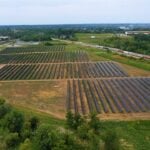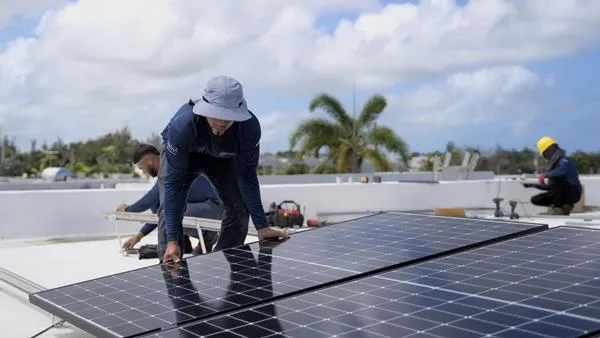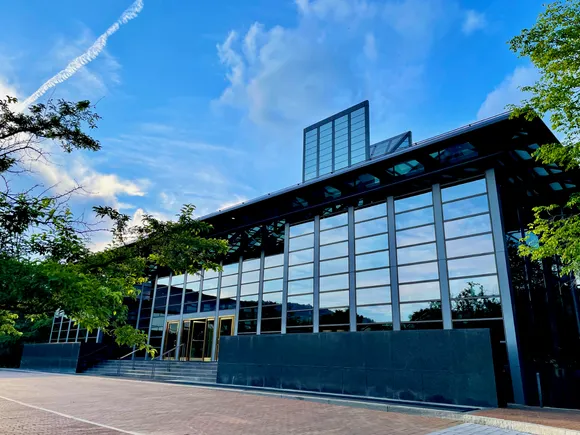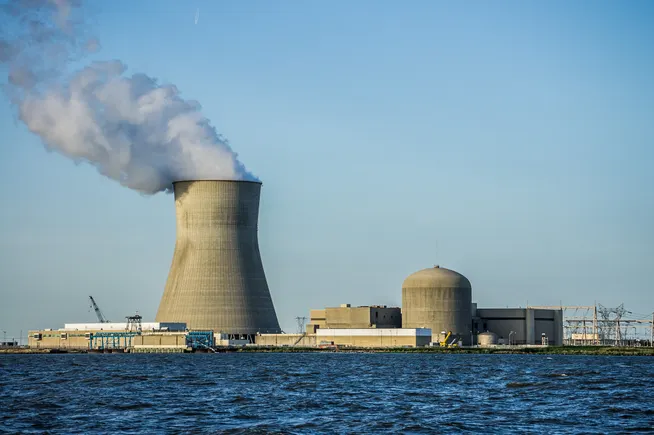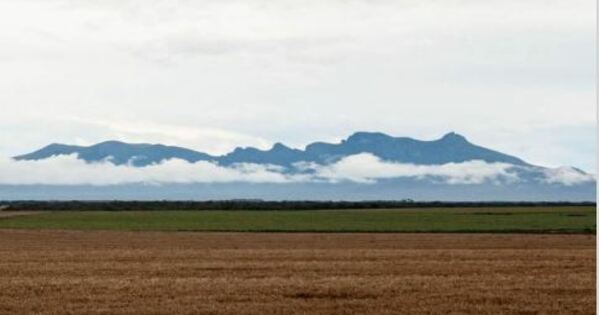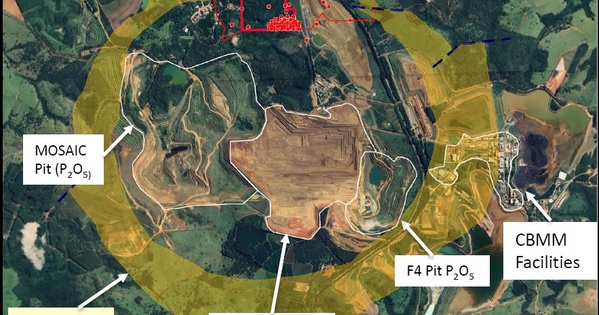Is Your Local Wine Actually Local? It’s Not So Simple
In emerging wine regions, like Texas, out-of-state wineries are pursuing the local market. Is this “wine country colonization,” or just healthy competition? [...] Read More... The post Is Your Local Wine Actually Local? It’s Not So Simple appeared first on Wine Enthusiast.
The massive “Halter Ranch” sign along U.S. 290 in Fredericksburg, Texas, didn’t ease the way with wary locals. Halter Ranch, a Paso Robles winery, opened its Texas tasting room in April of 2024.
Laurie Ware, a columnist for Texas Wine Lover, lamented last spring that the sign represented “one more winery with roots elsewhere” opening shop where local winemakers have steadily built a consumer market since the 2000s.
Halter Ranch is just one example. Fredericksburg is full of wines made from grapes grown in other regions, like South Africa, Chile, Italy, Sonoma and France. Consumers don’t necessarily parse the provenance of grapes—or site of production—when they enter a winery, and it can be misleading when grapes are not locally sourced.

If you step into a winery in Virginia wine country, for example, you probably expect to find Virginia wines. While the most striking example of out-of-state wineries pursuing another region’s market is in Texas, in many of America’s up-and-coming wine regions, out-of-state operations compete with local winemakers for consumers. Wineries from one AVA may open shop in another AVA solely for sales purposes; many wineries have dual production, with some wines produced in-state and others produced elsewhere, like California or the Pacific Northwest.
The Californication of Wine Country
In other words, consumers may be bypassing the local vintners who’ve defined and elevated a wine region to prominence. In many of America’s up-and-coming wine regions, out-of-state operations are descending to get in on the action.
“From a business standpoint, I get it,” says John Rivenburgh, president of the Texas Wine Growers and owner of Kerrville Hills Winery and Rivenburgh Wine. “But I’ve spent 20 years of my life trying to build notoriety for a region by planting and farming grapes and making what I’d consider really nice wines. To not get recognition because somebody skips over our place because there’s a bellini machine and $10 bottles of South African wine down the road makes it harder to build an identity.”
Doug Lewis, owner of Lewis Wines in Johnson City, Texas, has concerns about the influx of out-of-state wineries—specifically, how it impacts regional wine identity and strains an already saturated market.

“If an out-of-state winery is adding to the scene by growing grapes and making wine locally, that’s the right kind of competition,” says Lewis. “It’s different to identify a good market and sell a product made elsewhere while appearing like an agricultural producer.”
Given that wine producers around the world are already grappling with industry contraction, is it possible for them to pursue new consumers in “emerging” regions, while still respecting the local winemakers that built the thriving region in the first place?
What Does ‘Texas Wine’ Mean, Really?
Ron Yates, owner of Spicewood Vineyards and Ron Yates Wines, recalls the Texas wine industry’s growth spurt a decade ago, which also led to a boom in restaurants and lodging.
“If successful producers are coming here now, we’ve done something right,” he says. “However, the number of patrons has gotten smaller, while their options here have quadrupled, particularly in the past five years.”
Further complicating matters, many Texas wineries have sourced out-of-state grapes to make overproduced wines in bulk, suggesting Texas wine identity is “open to interpretation,” as Rivenburgh puts it.
Texas wine writer Andrew Chalk has written extensively about the liberal use of FSITO (“For Sale in Texas Only”) bottle labels. Beyond signaling that a wine is only sold in-state, the label means that the bottle isn’t required to follow federally designated labeling criteria, which mandate that 75% of grapes must be from the state where it’s produced. In Chalk’s view, “FSITO” implies a significant use of out-of-state grapes, entirely undisclosed.

Promisingly, a 2021 Texas labeling law created more distinction for vineyard-designated and AVA-designated wines made from Texas-grown grapes. “Unfortunately, ‘Texas’ with no other designation is the new ‘FSITO,’” says Rivenburgh.
Had the new “Texas” label required a higher percentage of all Texas fruit, say, 100%, Texas would close the loophole on people bringing bulk grapes or juice in from out of state. “From a pure philosophical standpoint, 75% was a little disappointing,” says Lewis.
Kelly Asuncion, marketing manager and technology director for Halter Ranch, says that wine club demographics were what led the California company to Texas. Many of its members are in the Dallas-Fort Worth and Houston areas, but Fredericksburg, with its many wineries and proximity to Austin and San Antonio, was more desirable.
“We are conscious we’re not from Texas and aren’t trying to outdo anyone,” says Asuncion.
Growing Support for Regional Growers
In recent remarks before the Texas House of Representatives, Texas High Plains grape grower Cliff Bingham championed the Texas Wine Growers’ effort to establish a new Farm Winery permit. He urged the house committee to support Texas-grown wines over imports, lest the state “lose a generation of Texas wine growers.”
Bingham captured the pain and pressure that many in the wine world are facing right now. While options for consumers have grown, cancelled grape contracts and unharvested grapes signal industry downturn.
In California, the nation’s largest wine-producing state, shrinking demand for grapes is no less devastating; Allied Grape Growers estimates more than 37,000 acres of winegrapes have been removed in the last year. Natalie Collins, president of the California Association of Winegrape Growers, describes a drive through California’s wine regions “as eye-opening as it is heartbreaking,” with vineyards ripped up and stacked, unpruned or abandoned.
“All of these scenarios have real and dire impacts on the entire wine sector in California,” says Collins. “They all point to lost jobs, wages, production and weakened communities.”
In Texas, the spread of out-of-state wineries that don’t buy Texas grapes yet compete with local producers worsens an already challenging situation.
“It’s our duty to protect and promote Texas’ agriculture,” says Chris Brundrett, owner of William Chris Vineyards and co-founder of the Texas Wine Growers. “That’s the crux of this issue.”
To Protect Local Winemakers, Look to Oregon’s Example
Pat Dudley, president of Bethel Heights Vineyard, has been in the Willamette Valley since 1978.
She credits Senate Bill 100, which designated “potential vineyard land for Exclusive Farm Use” in 1973, as the reason why the Willamette Valley became—and remained—a renowned wine region.
The bill established the area’s intrinsic value for grape growing. It also ultimately safeguarded the Dundee Hills, roughly 30 miles from Portland, from becoming a sprawl of subdivisions and commercial developments, reinvigorating surrounding smaller towns with restaurants, tasting rooms and hotels.

The region is now so identified with exceptional Pinot Noir and Chardonnay that it’s implausible wine producers from other regions would attempt to compete. Plus, to have a winery permit in Oregon, you must have 15 acres of grapes planted on site.
“A sense of place formed in how the region thought about the wine business in the 1970s,” says Bill Sweat, owner of Winderlea Vineyard & Winery in the Dundee Hills.
Dudley, who serves on the Land Use and Natural Resources committee of the Oregon Winegrowers Association (LUNR), refers to the 1973 bill as a “constant touchstone.”
“Everybody is looking for a golden goose, or new ways to make a living,” says Dudley. Jason Lett, proprietor of The Eyrie Vineyards in McMinnville, has observed industry players pursuing hotels, resorts, live events and wine bars on protected farmland.
“Many don’t care for regulations and will look for loopholes,” says Dudley, “but they’ve helped our industry flourish.”
Outside Influence Isn’t All Bad
Bend is a popular resort and retirement town in central Oregon, where Walla Walla vintners can have a second licensed winery without competing with existing vintners. The town is located in a cool, high desert that’s not known for winegrowing.
“It was an opportunity to be first in the market, and I think it brings more awareness of wine to the community,” says Justin Wylie, owner of Va Piano Vineyards. “We are also not masking anything—we are a tasting room and our Walla Walla winery is in the middle of wine country.”
Bledsoe Winery, co-owned by Josh McDaniels and Drew Bledsoe, (formerly a quarterback with the New England Patriots), also has a Bend tasting room. “Bend had a lot of wine consumers and not a lot of places to have wine in a focused way,” says McDaniels. “We looked at opening a tasting room in Woodinville but backed out because it felt like an inauthentic business play.”

Collaborating across regions to make something special is another approach. Rivenburgh points to the example of Opus One. The wine was born out of a chance meeting between Baron Philippe de Rothschild, owner of Château Mouton Rothschild in Pauillac, and Robert Mondavi at a wine industry convention in Hawaii in 1970. Mondavi flew to Paulliac, and the two devised terms.
Winemakers Lucien Sionneau (from Château Mouton) and Tim Mondavi went on to collaborate in California, with Château Mouton providing oak barrels and some funding.
As wine writer Jane Anson wrote about the arrangement, “Mondavi knew the valley, the sites, the players, the distribution system and had been running his own vineyard for 12 years. Baron Philippe brought the renown, the attention of the wine world, deep pockets and, well, himself.”
Like Stag’s Leap Wine Cellars and Château Montelena, victors at the Judgement of Paris, Opus One brought recognition and visibility to Napa.
Similarly, Château St. Michelle made efforts to distinguish Washington wine in the late nineties by forging partnerships with internationally renowned winemakers, crafting superior wines from Washington grapes. The first vintage of Col Solare was released in 1995, the product of a partnership with the Antinori family to produce a Super Tuscan-style red wine from Red Mountain AVA grapes.
“If you’re a business coming here from anywhere else in the world, plant some grapes, hire our people, do upscale custom work with us—we’re making great wines,” says Rivenburgh. “We’re growing great fruit. We need to highlight that instead of working from a place of mediocrity.”
Ultimately, the path forward lies in thoughtful, genuine collaboration, the proverbial rising tide lifting all boats.
“Success means different things to people,” Yates says. “I’ve based it on, Can we make world-class wines? Can we continuously make better wines?”
For More Wine Industry Coverage
- Facing a fiery future, California winemakers are getting scrappy to protect their vineyards.
- Cheap wine comes at a very expensive environmental cost. Here’s how you can seek out smaller producers who are doing right by the earth.
- Read our dispatch from the energetic Vinitaly 2025, where tariffs dominated the conversation.
- The U.S. has a long, ugly history of alcohol-related tariff fights. They don’t end well.

In the Shop
For Wine On-the-Go
This versatile messenger-style wine bag comes with removable bottle liners, a corkscrew and an aerator.
The post Is Your Local Wine Actually Local? It’s Not So Simple appeared first on Wine Enthusiast.





























